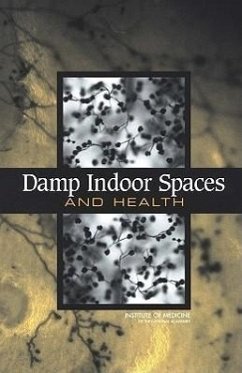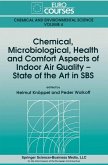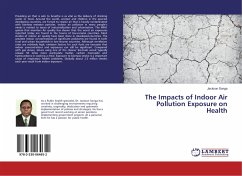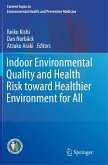Almost all homes, apartments, and commercial buildings will experience leaks, flooding, or other forms of excessive indoor dampness at some point. Not only is excessive dampness a health problem by itself, it also contributes to several other potentially problematic types of situations. Molds and other microbial agents favor damp indoor environments, and excess moisture may initiate the release of chemical emissions from damaged building materials and furnishings. This new book from the Institute of Medicine examines the health impact of exposures resulting from damp indoor environments and offers recommendations for public health interventions. Damp Indoor Spaces and Health covers a broad range of topics. The book not only examines the relationship between damp or moldy indoor environments and adverse health outcomes but also discusses how and where buildings get wet, how dampness influences microbial growth and chemical emissions, ways to prevent and remediate dampness, and elements of a public health response to the issues. A comprehensive literature review finds sufficient evidence of an association between damp indoor environments and some upper respiratory tract symptoms, coughing, wheezing, and asthma symptoms in sensitized persons. This important book will be of interest to a wide-ranging audience of science, health, engineering, and building professionals, government officials, and members of the public.
Hinweis: Dieser Artikel kann nur an eine deutsche Lieferadresse ausgeliefert werden.
Hinweis: Dieser Artikel kann nur an eine deutsche Lieferadresse ausgeliefert werden.








